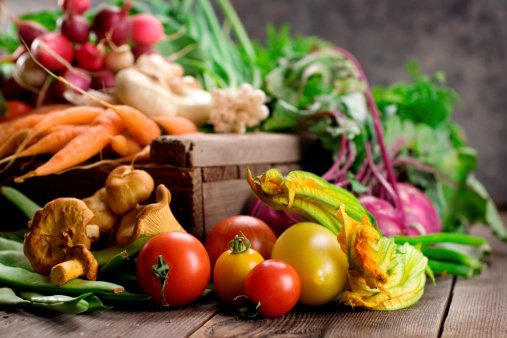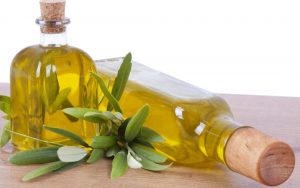As a teen, most of us don’t even care if we’re eating right, or begin to understand the implications of poor eating habits. As we age, however, we do begin to notice the effects of improper exercise, poor eating habits, and how they affect our health. Today, as the baby boomers begin their retirement years, health concerns and questions are on the rise. These aging boomers are more concerned than any previous generations about their good health, their ability to keep their good health, and how their diet affects their health.
The easiest place to affect our health is through our eating habits; in fact it’s the most effective solution to better health, sharing the spotlight with exercise. What about our food intake? What choices do we have to make eating a healthier occurrence?
Vegetables are a great place to start. There are so many choices in the field of vegetables, being picky isn’t even a problem here. It does not matter where your location, the time of the year, or the method of preparation, there are vegetables to suit the most discriminating taste.
The choices in vegetables run the gamut in color preference, leafy versus bean, fresh and raw, or freshly picked and cooked. There are vegetables high in beta-carotene, high in flavonoids, anti-oxidants, or just plain high in flavor.
Do you prefer consuming your vegetables in a salad? On a sandwich? Or in a simmer pot? Maybe you would prefer a fresh salsa to eat with your main course? As I stated earlier, it matter not about your individual taste, there is a vegetable to suit.
Exotic vegetables from Asian countries, tried and true vegetables from the backyard, or the latest from the Farmer’s market, the choices can seem at times overwhelming. We should never run out of new recipes to try, new dishes to put before our families and friends, or just simply to fix and eat for our own enjoyment.
Summertime brings a rich bounty of vegetable choices, so many in fact, that most people preserve some in canning, freezing, and pickling. As a child growing up in the south, summertime meant fresh vegetables straight from the garden. Fresh peas, corn, and tomatoes on the dinner table with cornbread is a feast fit for a king! I will have to admit here, that cornbread would not be the healthiest choice in bread, but it’s unbeatable in the taste department.
What about wintertime? Thanks to greenhouse growers, and improved methods for winter crops, we now have many choices for vegetable consumption even during the winter months. Soups and stews that abound during the colder weather are filled with wonderful vegetables to add just the right flavor and texture to a snowy, cold afternoon.
Some of the most nutrient based vegetables are:
- Spinach
- Carrots
- Broccoli
- Garlic
- Brussels sprouts
- Kale
- Green peas
- Swiss chard
On the other hand, some vegetables like cucumber, lettuce and corn may not hold a lot of nutritional value. They taste great, but hold no great value compared to other vegetables. Also try to stay away from canned vegetables as they are often very processed. All natural, fresh vegetables are the best way to go.
And they all taste so different so it can be easy to find one we like.







Be First to Comment